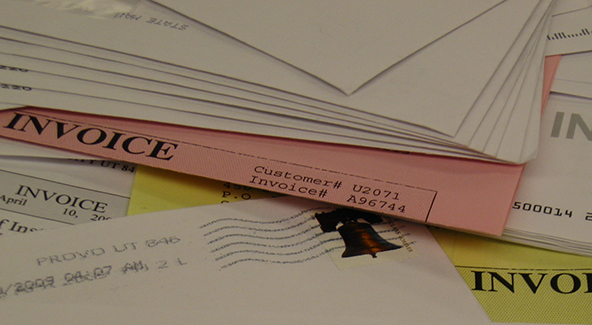How Visa Processes PIN-based Debit Card Transactions

PIN-based debit transactions made with cards bearing the logos of one of the debit networks are processed differently from debit transactions made with MasterCard or Visa cards. Merchants are often unclear on the difference, as the debit networks connect to their point-of-sale (POS) systems through the same acquiring bank that facilitates the processing of all other card payments.
In this article I will review how Visa’s Integrated Debit Service enables merchants to accept PIN-based payments. There other platforms which provide the same functionalities, which work in a very similar fashion.
Visa Integrated Debit Service Basics
Visa’s Integrated Debit Service enables U.S. merchants to accept PIN-based payments made with debit and ATM cards that bear the logo of a national or a regional direct debit POS network. VisaNet — Visa’s payment system — then routes the transactions to the appropriate debit network and the issuer.
When a merchant accepts a PIN debit transaction, it can specify the network to which it is to be routed in one of two ways:
- By using a network identification code or
- By letting Visa determine the appropriate network, which is done through the Priority Routing Service. With this service, the network is identified using the primary account number, the logos on the card, the list of logos that the processor accepts, and the prioritized list of logos that a merchant itself can accept.
It is important to understand that merchants do not pay interchange fees on direct debit transactions (which is not the case with regular Visa- and MasterCard-branded debit cards). The equivalent fee in direct debit transactions is the one charged by the debit networks.
How Direct Debit Transactions Are Processed
The Visa Integrated Debit Service processes direct debit transactions as follows:
- A transaction is identified as debit (typically through selecting “Debit” on the POS terminal menu), the card is swiped through the reader and the cardholder enters her PIN number.
- The processor receives the transaction information and routes it on to VisaNet.
- VisaNet identifies the debit network and routes the transaction information to it, which communicates it with the card issuer.
- The issuer approves or declines the transaction and the response is routed back to the merchant through the same channel.
- If the transaction is approved, the POS terminal generates a receipt and the payment is completed. If the transaction cannot be completed, an error message is generated and a reversal request is sent back to the issuer.
The Takeaway
It is important for merchants to distinguish between transactions involving cards issued by the direct debit networks and by Visa and MasterCard issuers. The former can only be PIN-based, while the latter type can also be signature-based. What that means is that you don’t need any special set-up to accept Visa and MasterCard debit and check cards, but you do need one to accept the direct debit brands, if you want to.
Image credit: Lifeloveshopping.com.

